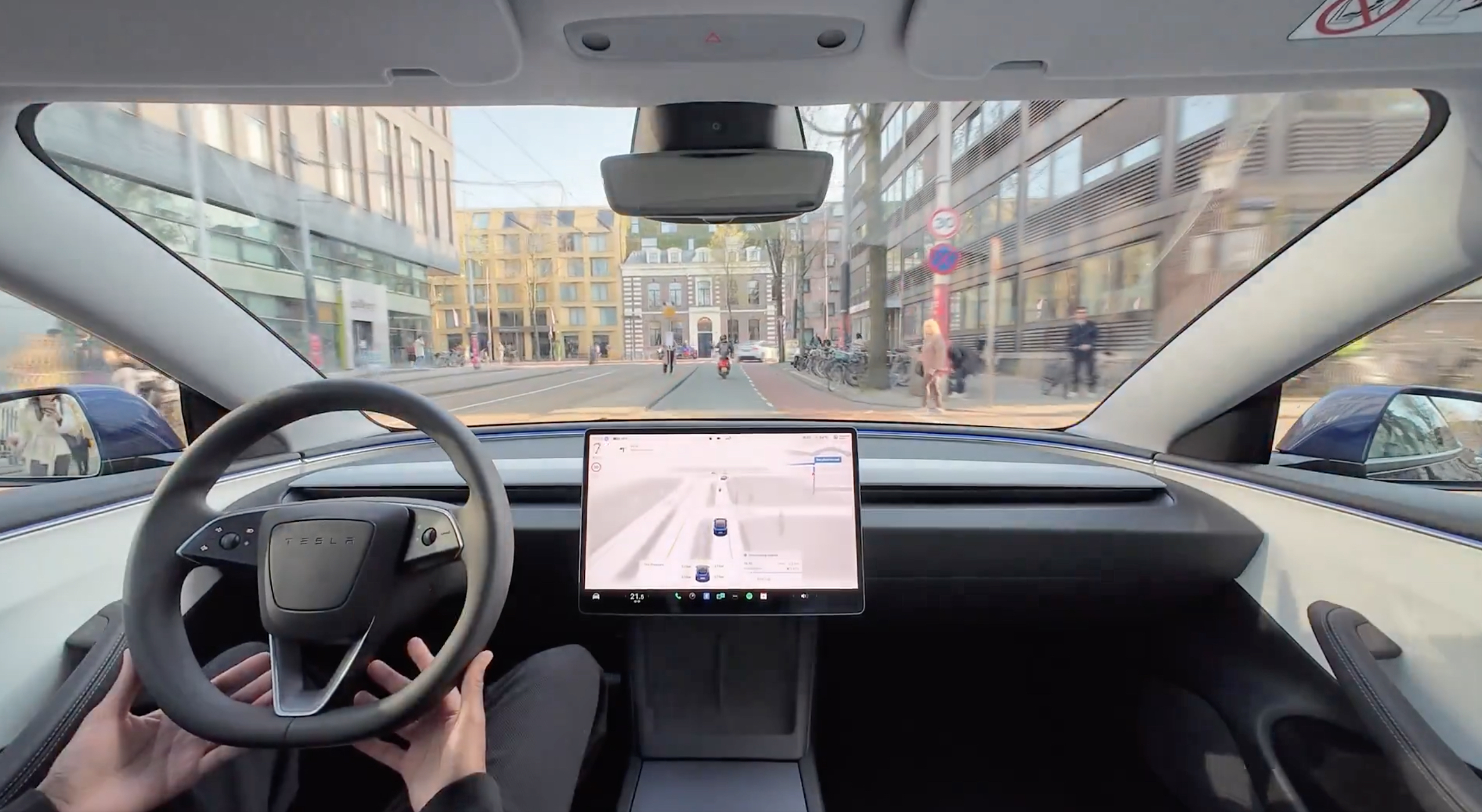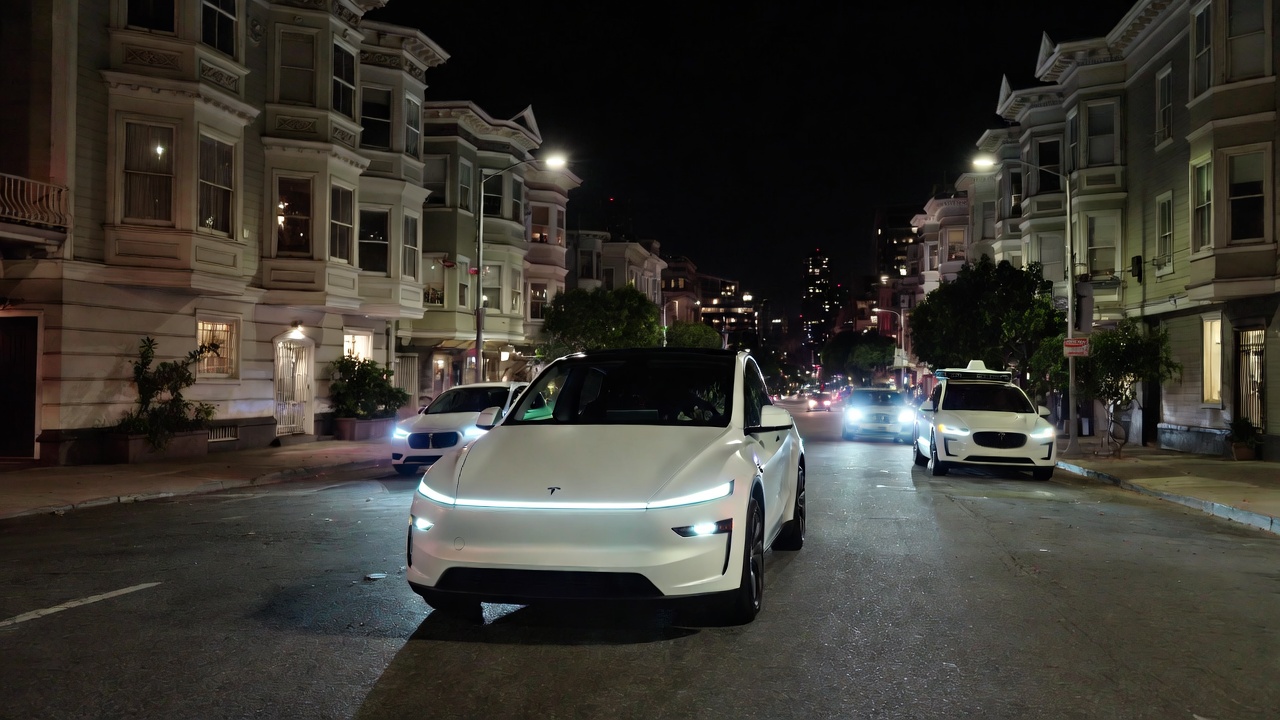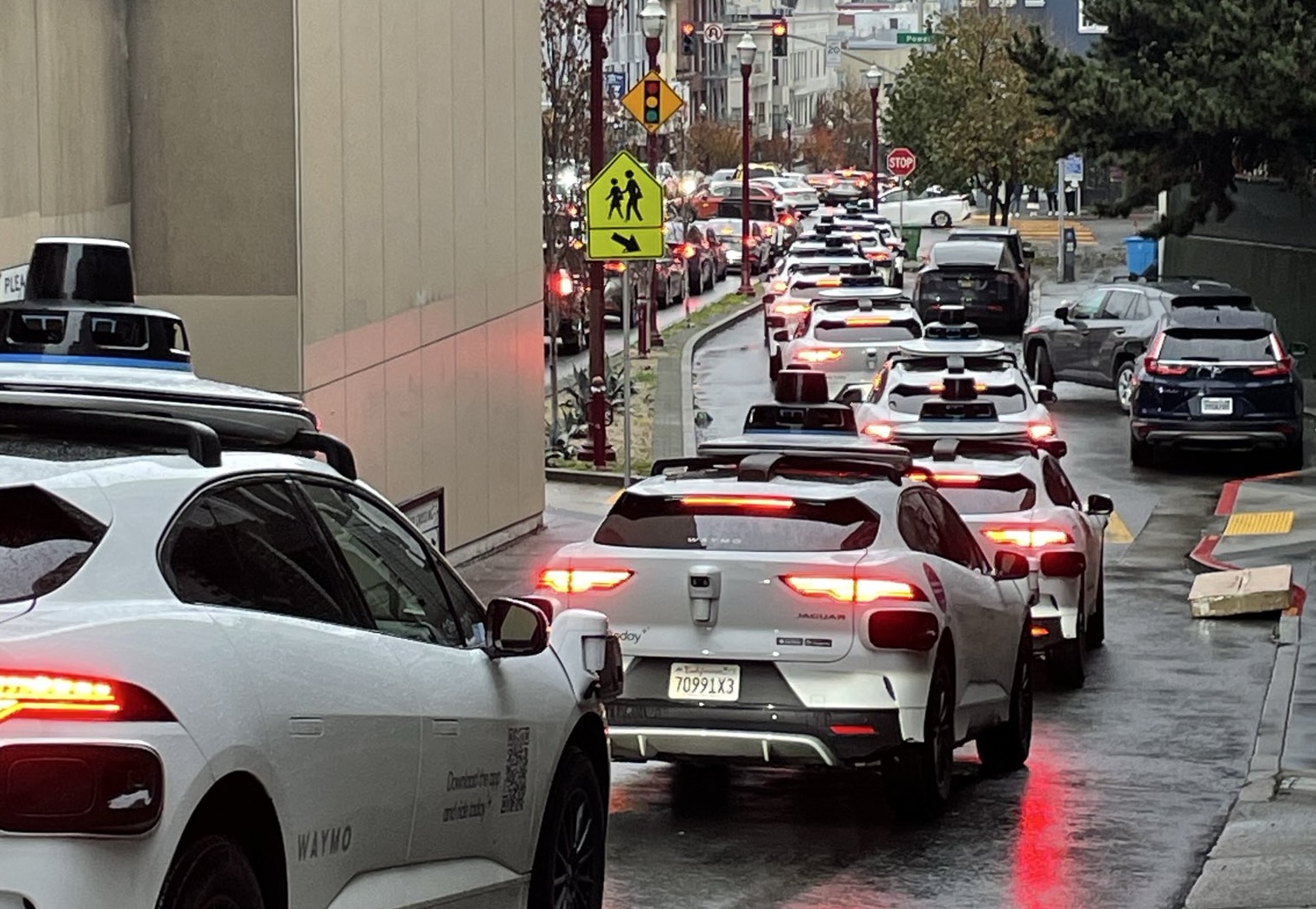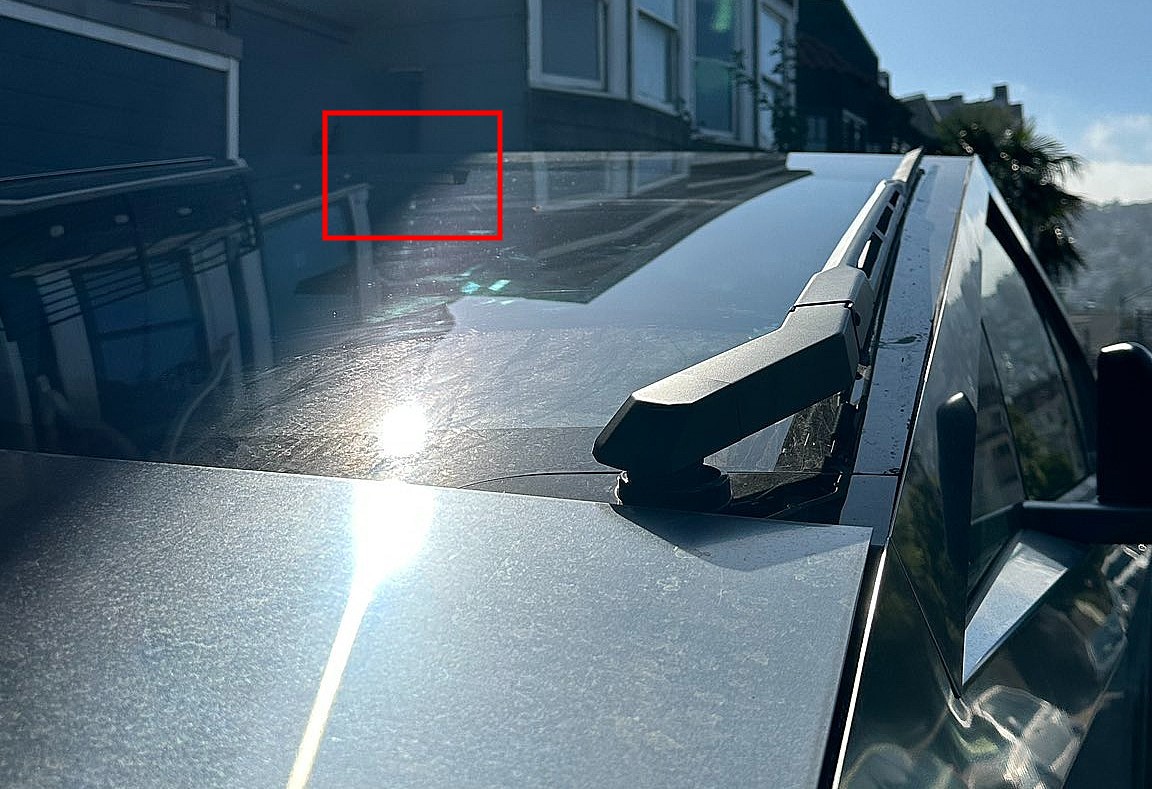News
Tesla Full Self-Driving’s new version officially gets a wider rollout
So far, v14 has introduced a handful of new features and improvements, but the first versions needed refinement before Tesla made an effort to expand the population. It had issues with a brake stutter, but this has been mostly resolved.

Tesla’s newest Full Self-Driving version is officially rolling out wider to customers outside of the Early Access Program (EAP), in preparation for a total launch of the new v14 suite.
Over the past several weeks, Tesla has been working to refine its new v14 Full Self-Driving (Supervised) in an effort to have it ready for the entire fleet of vehicles in the United States. We are lucky enough to be in the EAP, so we’ve been able to test new features and rollouts first-hand.
So far, v14 has introduced a handful of new features and improvements, but the first versions needed refinement before Tesla made an effort to expand the population. It had issues with a brake stutter, but this has been mostly resolved.
Additionally, the rollout of the new Mad Max Speed Profile has gathered some attention.
🚨 Tesla “Mad Max” testing on FSD v14.1.2
It drives like a human being! Consistent lane changes, keeps up with quicker traffic, very refined
Well done Tesla Team pic.twitter.com/wzTucDhczA
— TESLARATI (@Teslarati) October 19, 2025
Now that Tesla has started rolling out v14.1.3 yesterday to EAP members, the company ultimately decided that it was time to expand the software to more vehicles, as many owners are reporting that they’re receiving it:
We are SOOOO BACK!
v14.1.3 installing on my 2024 Model 3!@WholeMarsBlog pic.twitter.com/uNHOc9fyV8— Joseph (@ScarantinoX) October 20, 2025
Additionally, the suite has started to expand to Model S and Model X vehicles, so this rollout is not exclusive to Model 3 and Model Y:
I did over an hour of driving with FSD v14.1.3 in my Model S tonight and experienced 0 disengagements. First impressions video uploading shortly… pic.twitter.com/aFfmBphAsC
— Dan Burkland (@DBurkland) October 21, 2025
The only issue with this rollout is that it still appears to be missing the Cybertruck, which Tesla was transparent about earlier this month. Although the company planned to release v14 to Cybertrucks by the end of the month, there has been no hint that this is going to happen.
This is already the third iteration of v14 in the past two weeks, indicating that Tesla is truly addressing the shortcomings of past versions and rolling out updates as quickly as possible.

News
Tesla quietly flexes FSD’s reliability amid Waymo blackout in San Francisco
“Tesla Robotaxis were unaffected by the SF power outage,” Musk wrote in his post.

Tesla highlighted its Full Self-Driving (Supervised) system’s robustness this week by sharing dashcam footage of a vehicle in FSD navigating pitch-black San Francisco streets during the city’s widespread power outage.
While Waymo’s robotaxis stalled and caused traffic jams, Tesla’s vision-only approach kept operating seamlessly without remote intervention. Elon Musk amplified the clip, highlighting the contrast between the two systems.
Tesla FSD handles total darkness
The @Tesla_AI account posted a video from a Model Y operating on FSD during San Francisco’s blackout. As could be seen in the video, streetlights, traffic signals, and surrounding illumination were completely out, but the vehicle drove confidently and cautiously, just like a proficient human driver.
Musk reposted the clip, adding context to reports of Waymo vehicles struggling in the same conditions. “Tesla Robotaxis were unaffected by the SF power outage,” Musk wrote in his post.
Musk and the Tesla AI team’s posts highlight the idea that FSD operates a lot like any experienced human driver. Since the system does not rely on a variety of sensors and a complicated symphony of factors, vehicles could technically navigate challenging circumstances as they emerge. This definitely seemed to be the case in San Francisco.
Waymo’s blackout struggles
Waymo faced scrutiny after multiple self-driving Jaguar I-PACE taxis stopped functioning during the blackout, blocking lanes, causing traffic jams, and requiring manual retrieval. Videos shared during the power outage showed fleets of Waymo vehicles just stopping in the middle of the road, seemingly confused about what to do when the lights go out.
In a comment, Waymo stated that its vehicles treat nonfunctional signals as four-way stops, but “the sheer scale of the outage led to instances where vehicles remained stationary longer than usual to confirm the state of the affected intersections. This contributed to traffic friction during the height of the congestion.”
A company spokesperson also shared some thoughts about the incidents. “Yesterday’s power outage was a widespread event that caused gridlock across San Francisco, with non-functioning traffic signals and transit disruptions. While the failure of the utility infrastructure was significant, we are committed to ensuring our technology adjusts to traffic flow during such events,” the Waymo spokesperson stated, adding that it is “focused on rapidly integrating the lessons learned from this event, and are committed to earning and maintaining the trust of the communities we serve every day.”
News
Waymo scrutinized after self-driving taxis cause traffic jams during SF blackout
It’s not farfetched to speculate that it would have been a doomsday scenario for Tesla had FSD behaved this way.

A power outage across San Francisco over the weekend forced numerous Waymo self-driving taxis to stop at darkened intersections and cause traffic blockages in multiple locations across the city. The disruption left riders stranded, frustrated drivers blocked, and city officials stepping in as the Alphabet-owned company temporarily suspended service amid the widespread gridlock.
Needless to say, it would likely have been a doomsday scenario for Tesla had FSD behaved in a similar way, especially if fleets of its robotaxis blocked traffic for numerous drivers.
Power outage halts Waymo fleet
The outage knocked out electricity for tens of thousands of customers, leaving traffic signals dark across large parts of the city, as noted in a report from the New York Times. Waymo vehicles began stopping at intersections and remained stationary for extended periods, seemingly unable to operate. Tow truck operators worked through the night removing immobilized vehicles, while videos circulated online showing Waymos with hazard lights flashing as traffic backed up around them.
Waymo later confirmed that it had paused its Bay Area ride-hailing service after the San Francisco mayor’s office contacted the company about the congestion its vehicles were contributing to. Service began coming back online shortly after 3:30 p.m. local time, though some users still reported being unable to request rides. Waymo maintained that no injuries or accidents were reported during the outage.
Autonomous cars during emergencies
The incident surprised industry observers since autonomous vehicles are designed to function during signal outages and temporary connectivity losses. Waymo stated that its vehicles treat nonfunctional signals as four-way stops, but “the sheer scale of the outage led to instances where vehicles remained stationary longer than usual to confirm the state of the affected intersections. This contributed to traffic friction during the height of the congestion.” Experts suggested the problem may have been linked to the vehicles’ reliance on remote assistance teams, which help resolve complex situations the cars cannot handle independently.
“Yesterday’s power outage was a widespread event that caused gridlock across San Francisco, with non-functioning traffic signals and transit disruptions. While the failure of the utility infrastructure was significant, we are committed to ensuring our technology adjusts to traffic flow during such events,” the Waymo spokesperson stated, adding that it is “focused on rapidly integrating the lessons learned from this event, and are committed to earning and maintaining the trust of the communities we serve every day.”
News
Tesla aims to combat common Full Self-Driving problem with new patent
Tesla writes in the patent that its autonomous and semi-autonomous vehicles are heavily reliant on camera systems to navigate and interact with their environment.

Tesla is aiming to combat a common Full Self-Driving problem with a new patent.
One issue with Tesla’s vision-based approach is that sunlight glare can become a troublesome element of everyday travel. Full Self-Driving is certainly an amazing technology, but there are still things Tesla is aiming to figure out with its development.
Unfortunately, it is extremely difficult to get around this issue, and even humans need ways to combat it when they’re driving, as we commonly use sunglasses or sun visors to give us better visibility.
Cameras obviously do not have these ways to fight sunglare, but a new patent Tesla recently had published aims to fight this through a “glare shield.”
Tesla writes in the patent that its autonomous and semi-autonomous vehicles are heavily reliant on camera systems to navigate and interact with their environment.

The ability to see surroundings is crucial for accurate performance, and glare is one element of interference that has yet to be confronted.
Tesla described the patent, which will utilize “a textured surface composed of an array of micro-cones, or cone-shaped formations, which serve to scatter incident light in various directions, thereby reducing glare and improving camera vision.”

The patent was first spotted by Not a Tesla App.
The design of the micro-cones is the first element of the puzzle to fight the excess glare. The patent says they are “optimized in size, angle, and orientation to minimize Total Hemispherical Reflectance (THR) and reflection penalty, enhancing the camera’s ability to accurately interpret visual data.”
Additionally, there is an electromechanical system for dynamic orientation adjustment, which will allow the micro-cones to move based on the angle of external light sources.
This is not the only thing Tesla is mulling to resolve issues with sunlight glare, as it has also worked on two other ways to combat the problem. One thing the company has discussed is a direct photon count.
CEO Elon Musk said during the Q2 Earnings Call:
“We use an approach which is direct photon count. When you see a processed image, so the image that goes from the sort of photon counter — the silicon photon counter — that then goes through a digital signal processor or image signal processor, that’s normally what happens. And then the image that you see looks all washed out, because if you point the camera at the sun, the post-processing of the photon counting washes things out.”
Future Hardware iterations, like Hardware 5 and Hardware 6, could also integrate better solutions for the sunglare issue, such as neutral density filters or heated lenses, aiming to solve glare more effectively.








